Optimal Timing for Storm Restorations
Storm restorations are most effective when performed promptly after storm events, minimizing damage and preventing further deterioration. The optimal time for storm restorations is typically during the late spring to early fall months, when weather conditions are generally more predictable and conducive to repair work. However, specific timing can vary based on regional climate patterns and storm frequency.
Conducting inspections immediately after a storm helps identify damages early and plan restoration efforts effectively.
Late spring through early fall offers the best weather conditions for storm restoration projects, reducing delays caused by adverse weather.
Storm restorations should be scheduled when weather forecasts predict clear conditions to ensure safety and quality work.
Regions with higher storm activity may require more frequent assessments and quicker response times to mitigate damage.
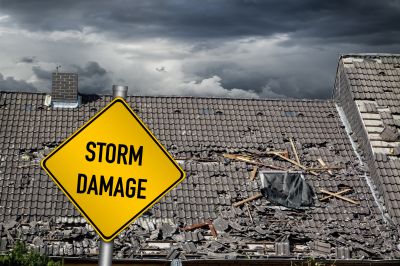
Evaluating damage immediately after storms helps prioritize restoration efforts.
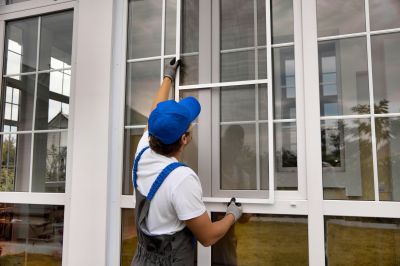
Proper equipment setup during favorable weather ensures efficient repairs.
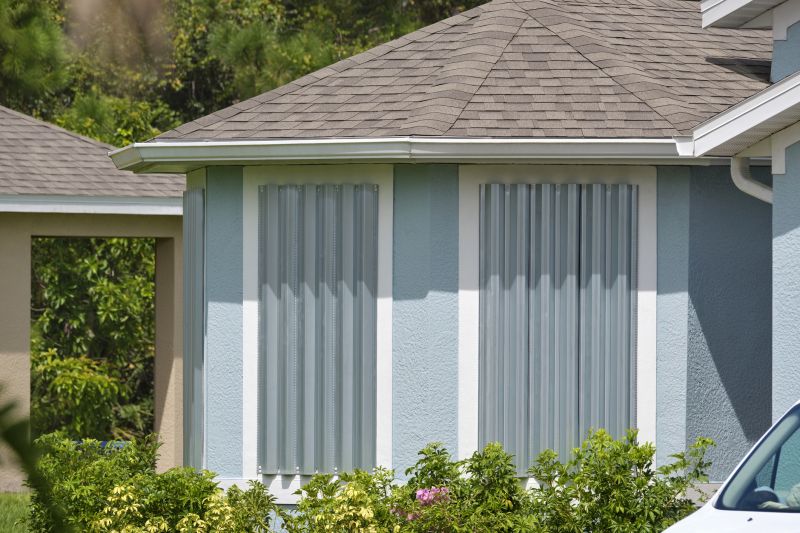
Prepared teams can respond quickly during optimal weather windows.
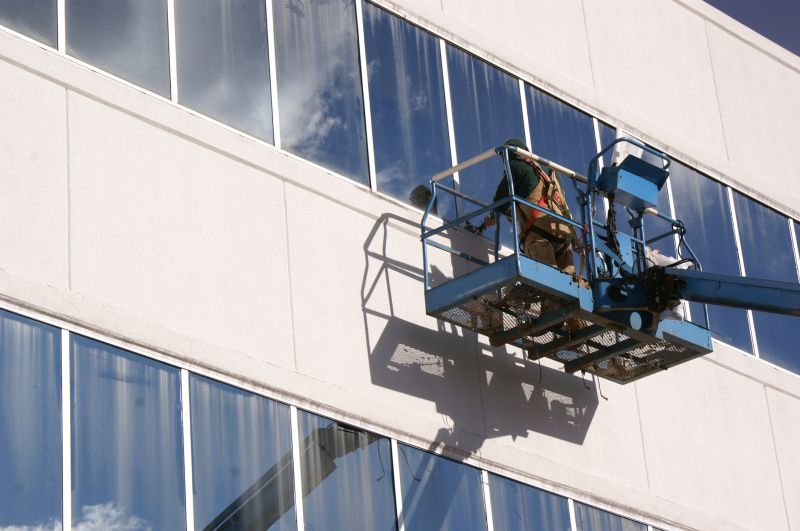
Clear weather enhances safety and quality of storm restoration work.
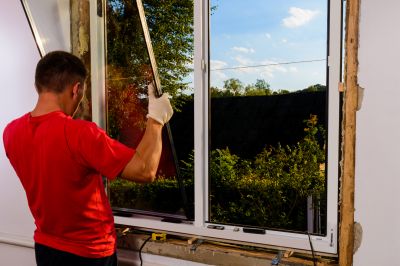
Ways to make Storm Restorations work in tight or awkward layouts.

Popular materials for Storm Restorations and why they hold up over time.
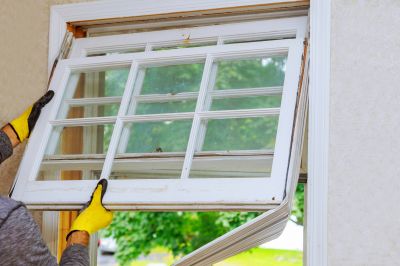
Simple add-ons that improve Storm Restorations without blowing the budget.

High-end options that actually feel worth it for Storm Restorations.
| Season | Advantages |
|---|---|
| Spring | Pre-storm preparations and early assessments |
| Summer | Ideal weather conditions for repairs |
| Early Fall | Continued favorable weather before winter |
| Late Fall | Less active storm season, planning period |
| Winter | Limited restoration activity due to weather constraints |
Storm restorations involve restoring damaged structures, roofing, and other affected areas to their original condition. Timely repairs are crucial to prevent secondary issues such as water intrusion, mold growth, or structural weakening. Accurate assessment and prompt action can significantly reduce long-term costs and improve safety.
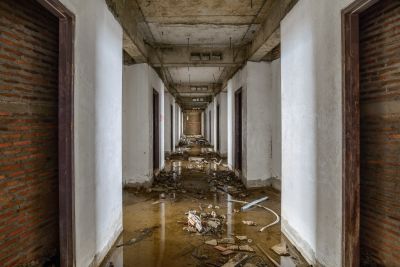
Restoration involves detailed assessment, material procurement, and skilled repair work.
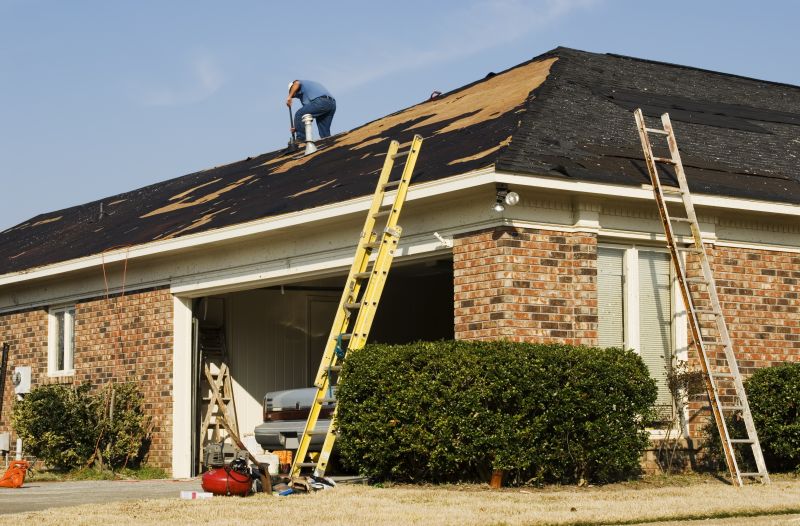
Roof repairs are vital following storm damage to prevent leaks and further deterioration.
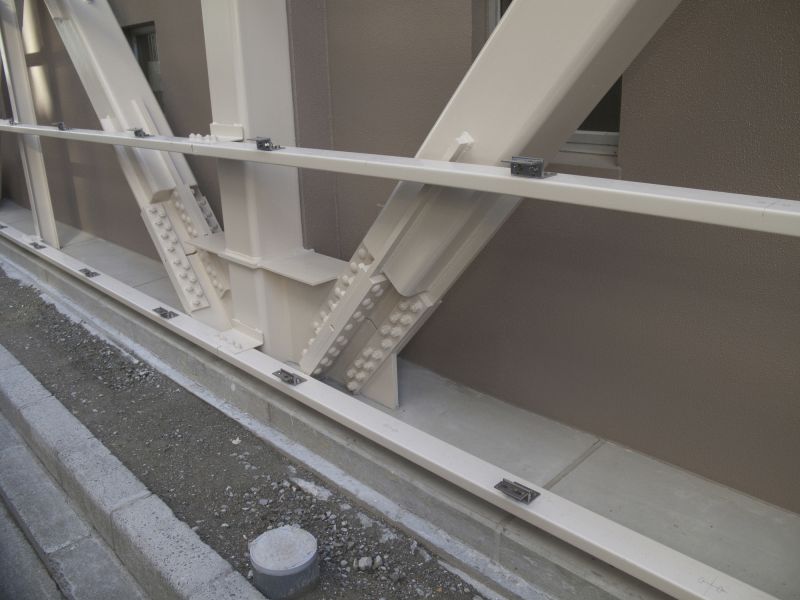
Strengthening compromised structures ensures safety and longevity.
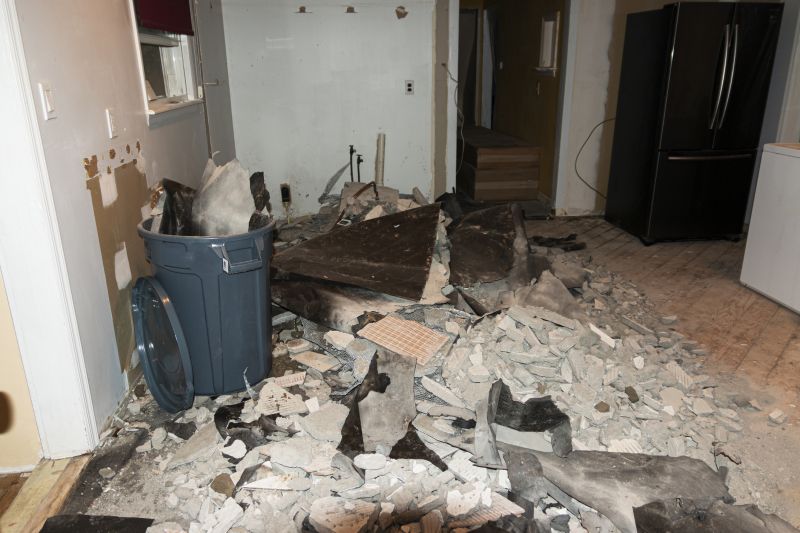
Efficient debris removal facilitates safe and effective restoration work.
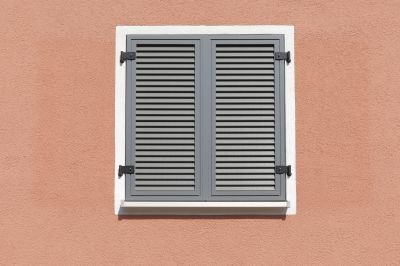
Finishes and colors that play nicely with Storm Restorations.
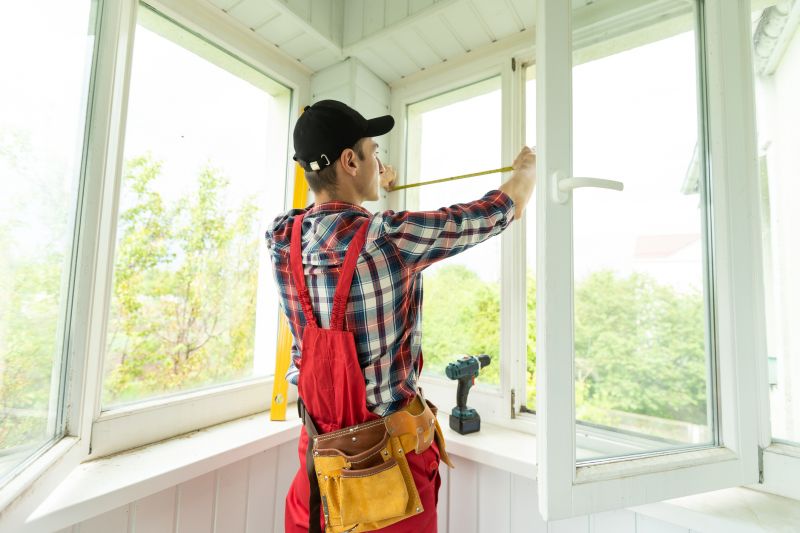
Little measurements that prevent headaches on Storm Restorations day.
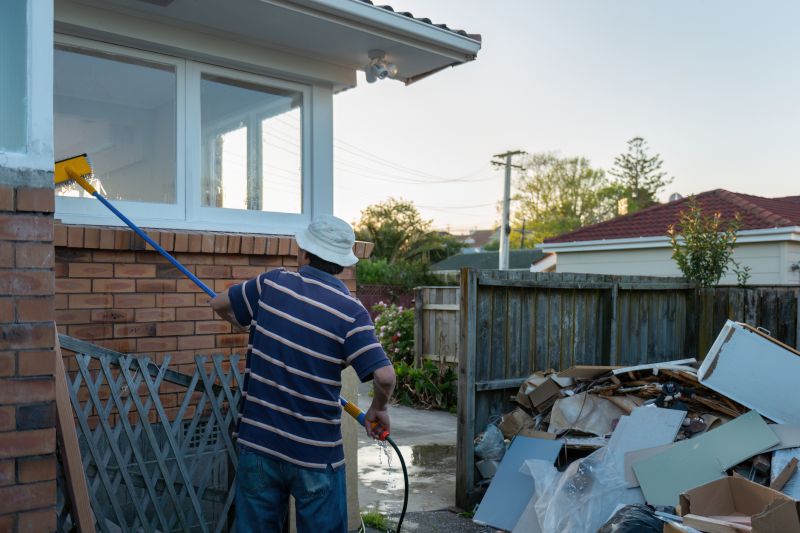
A 60-second routine that keeps Storm Restorations looking new.

A frequent mistake in Storm Restorations and how to dodge it.
Understanding the optimal timing for storm restorations can help property owners plan effectively and respond swiftly when storms occur. Proper scheduling and preparation minimize damage impact and support efficient recovery efforts.
Interested in storm restoration services? Filling out the contact form provides a way to get more information and start the process of restoring damage caused by storms in Redford, MI.
